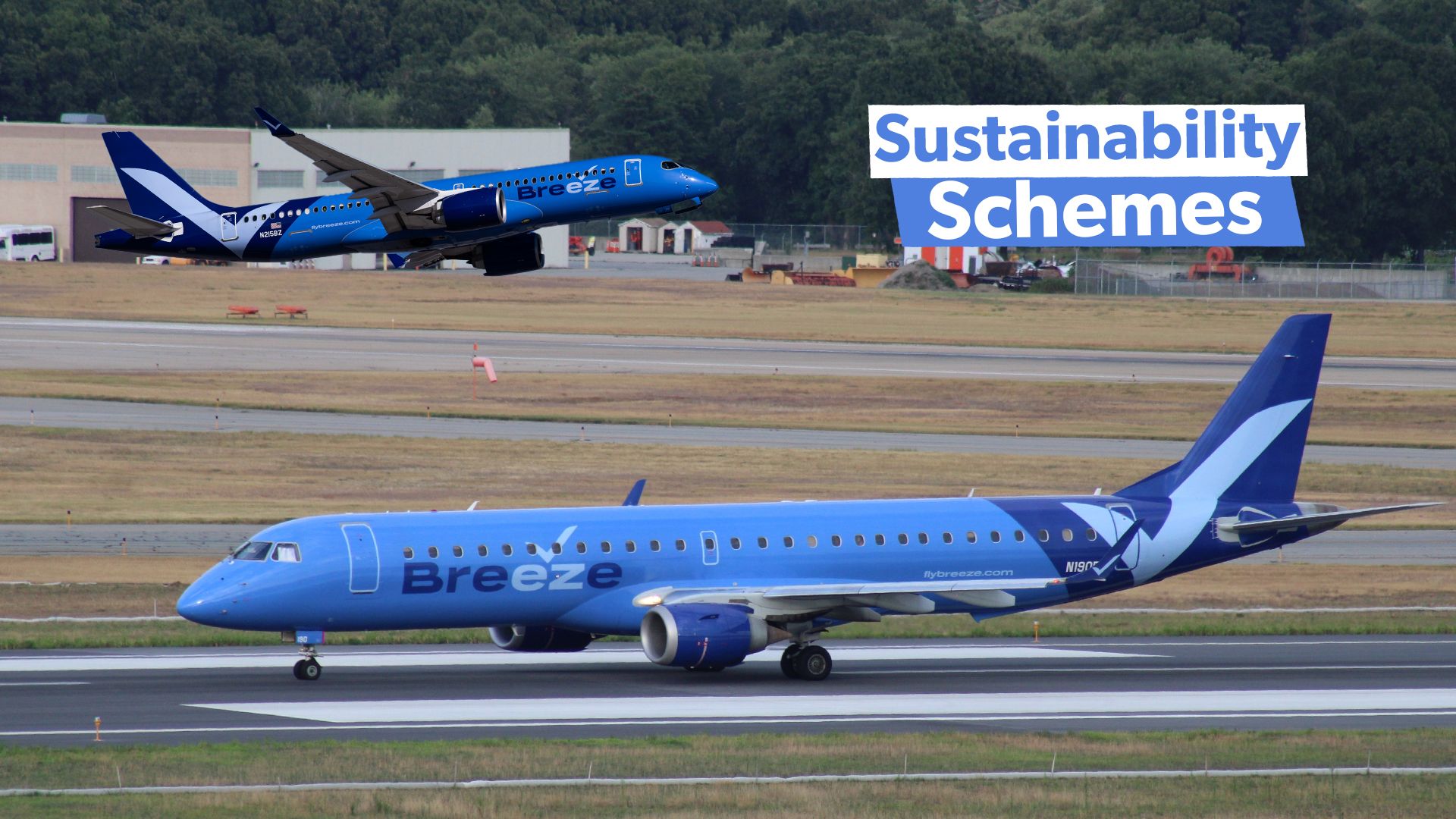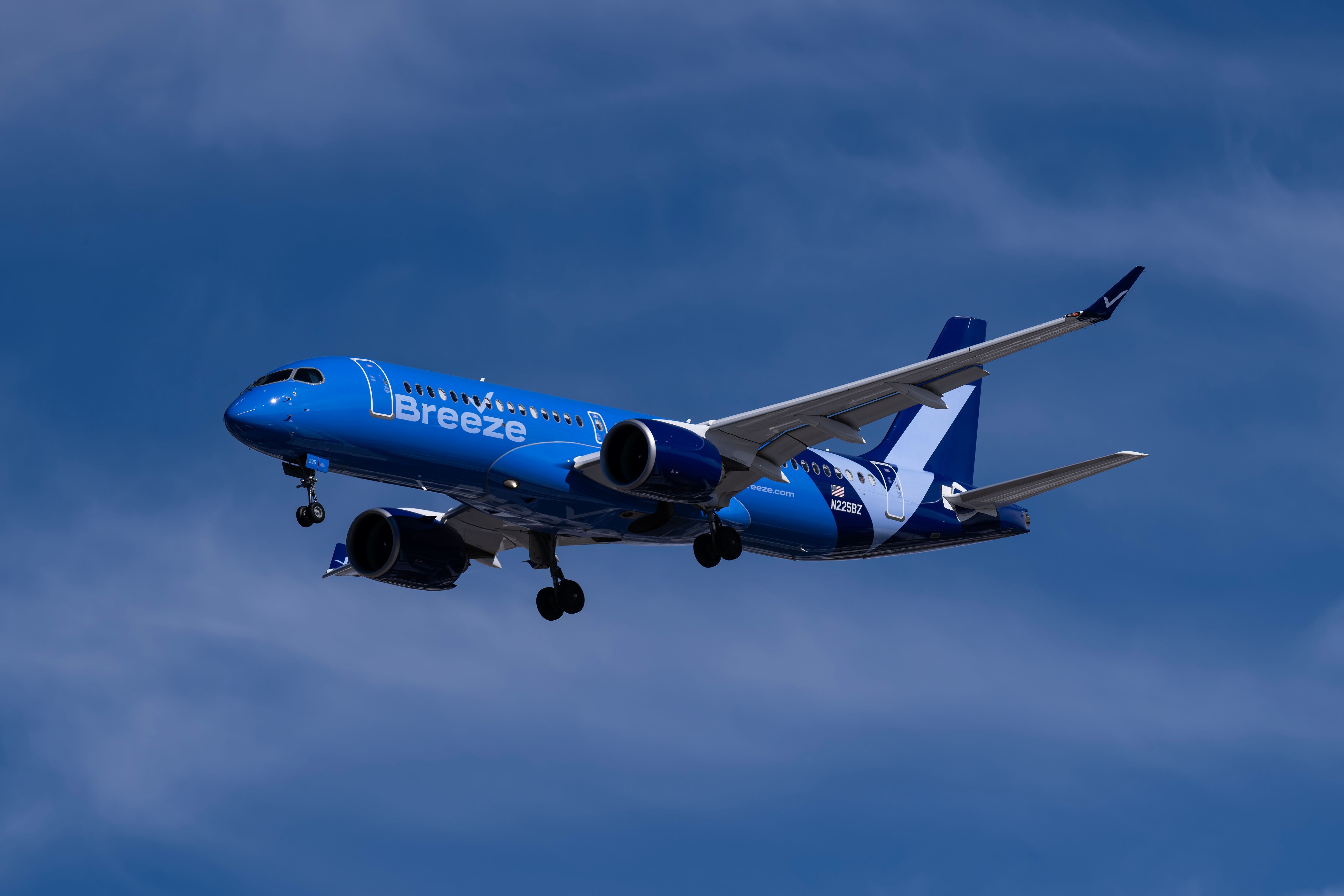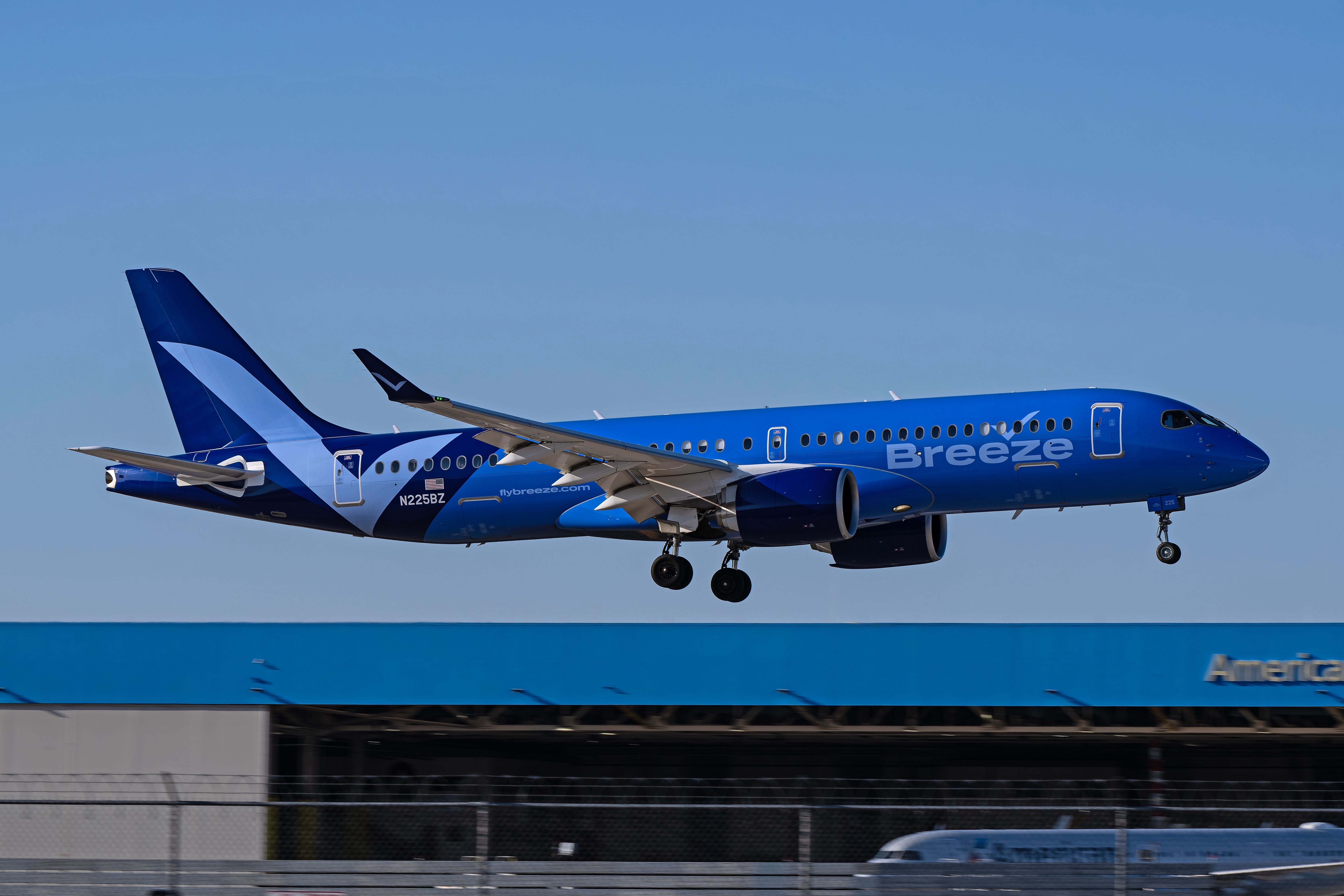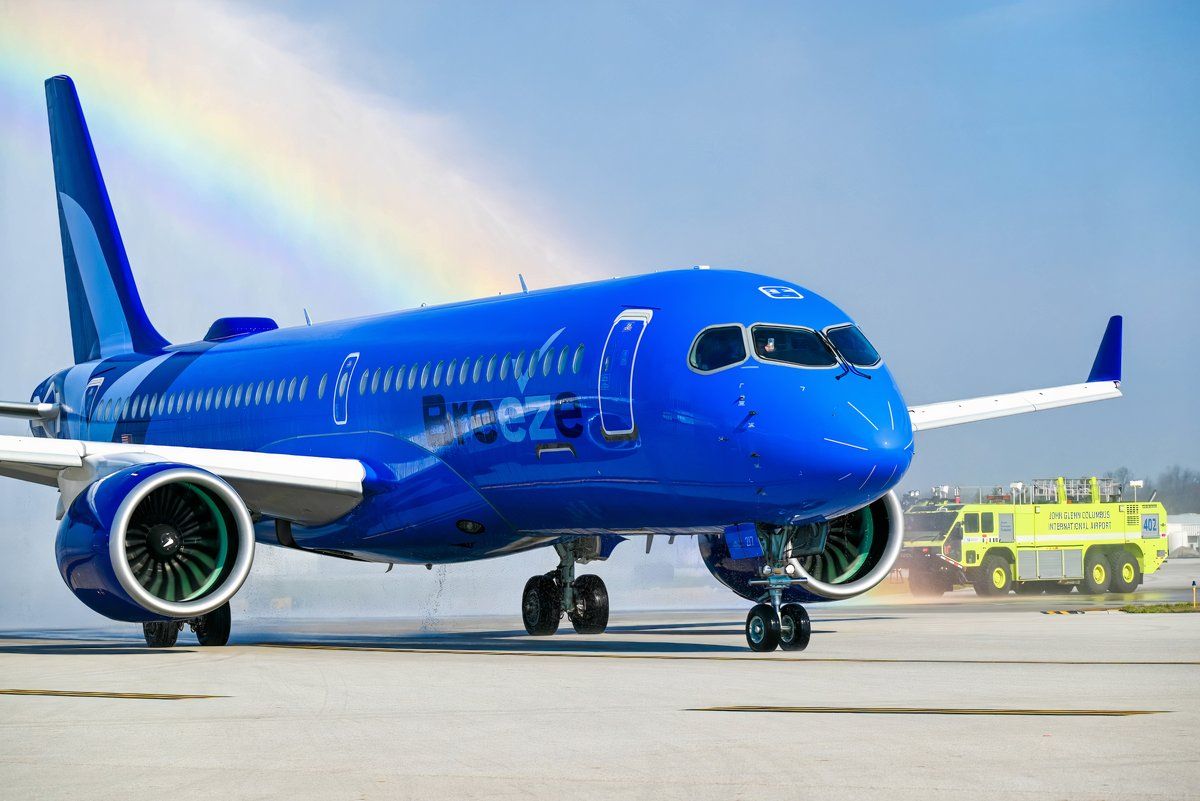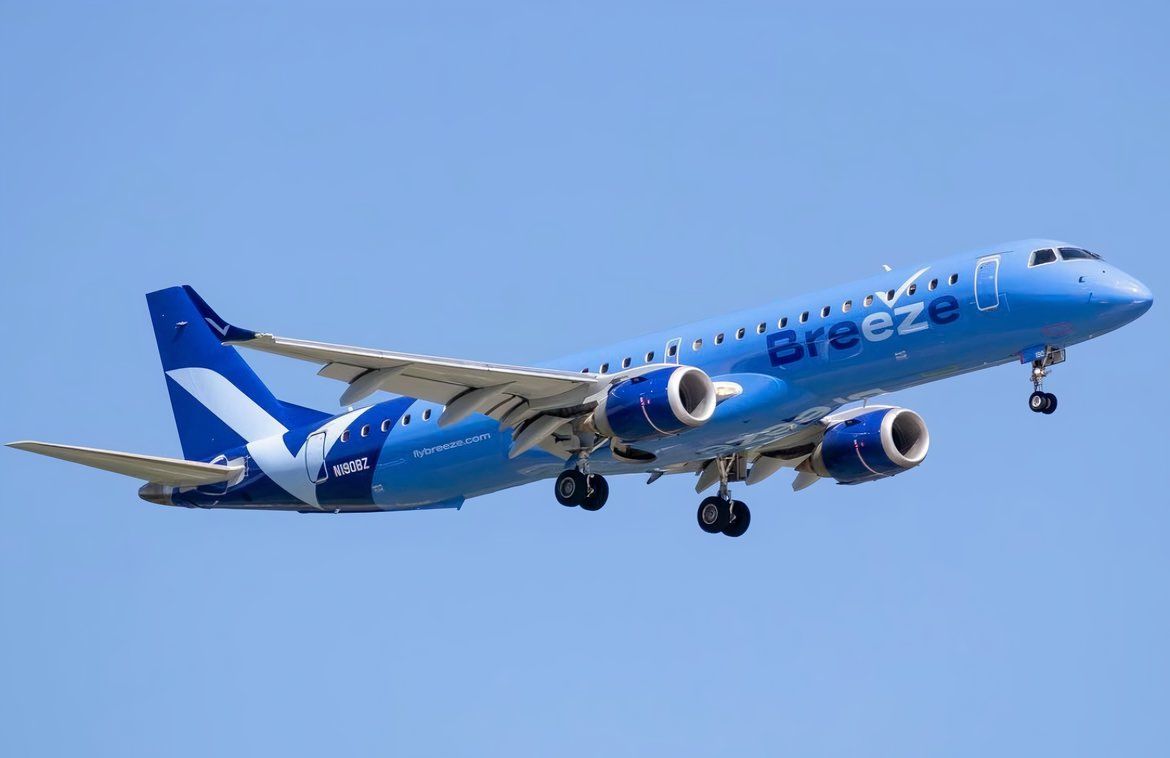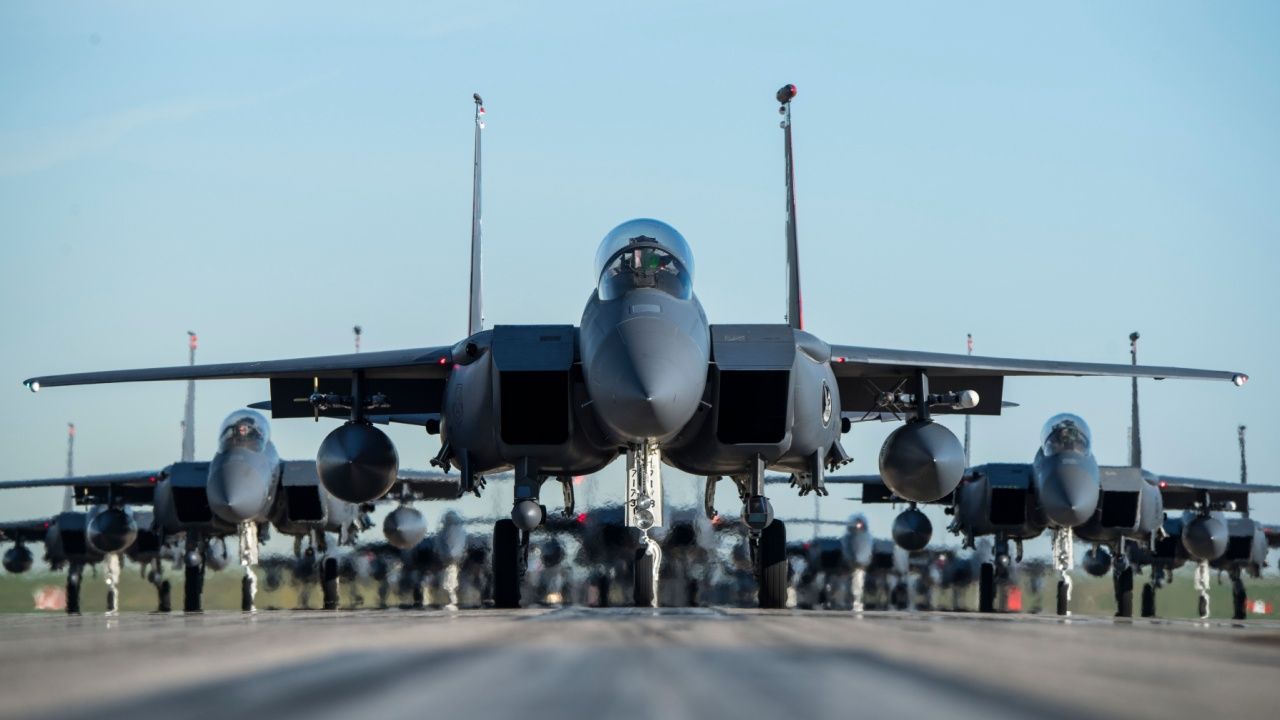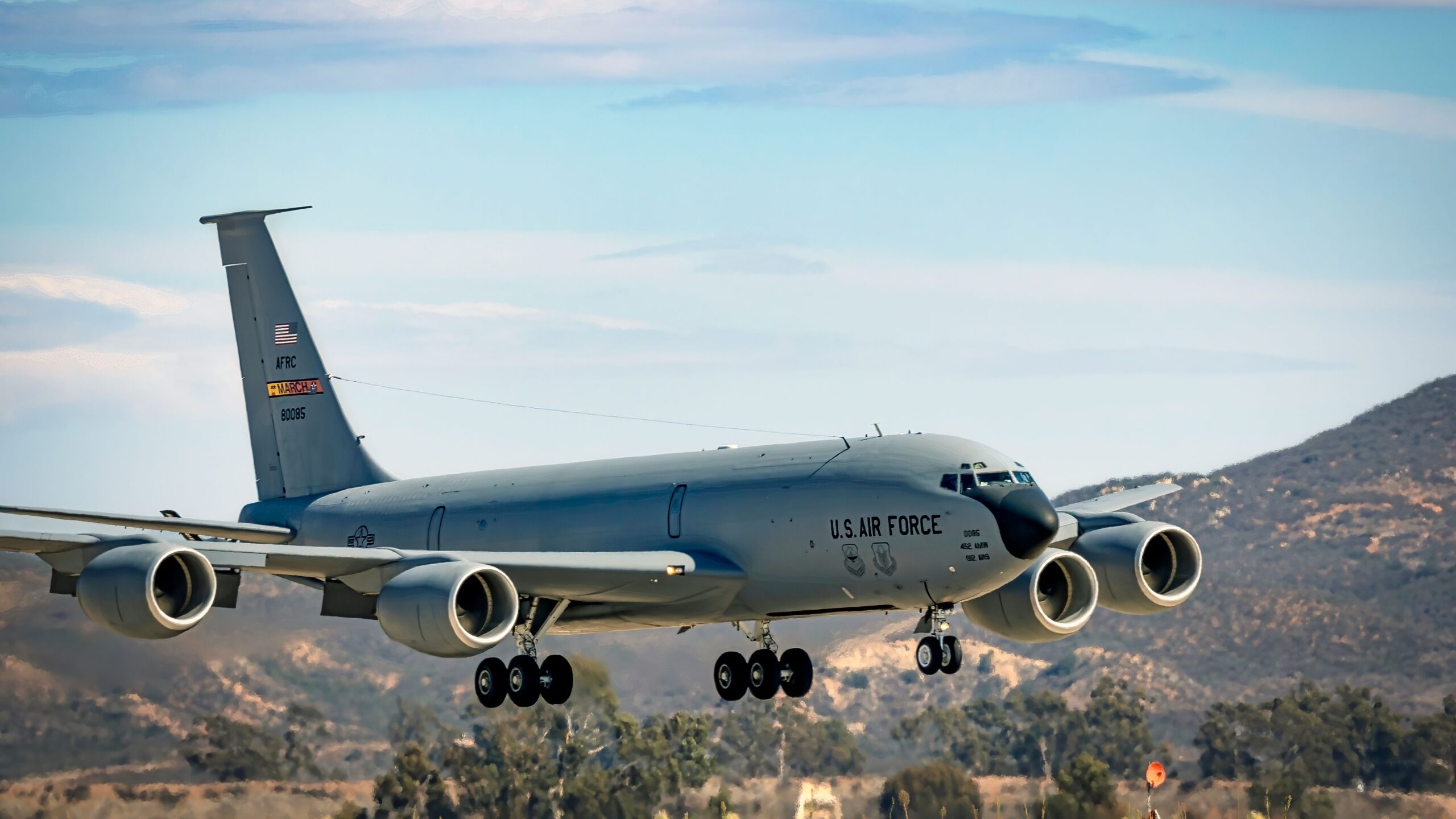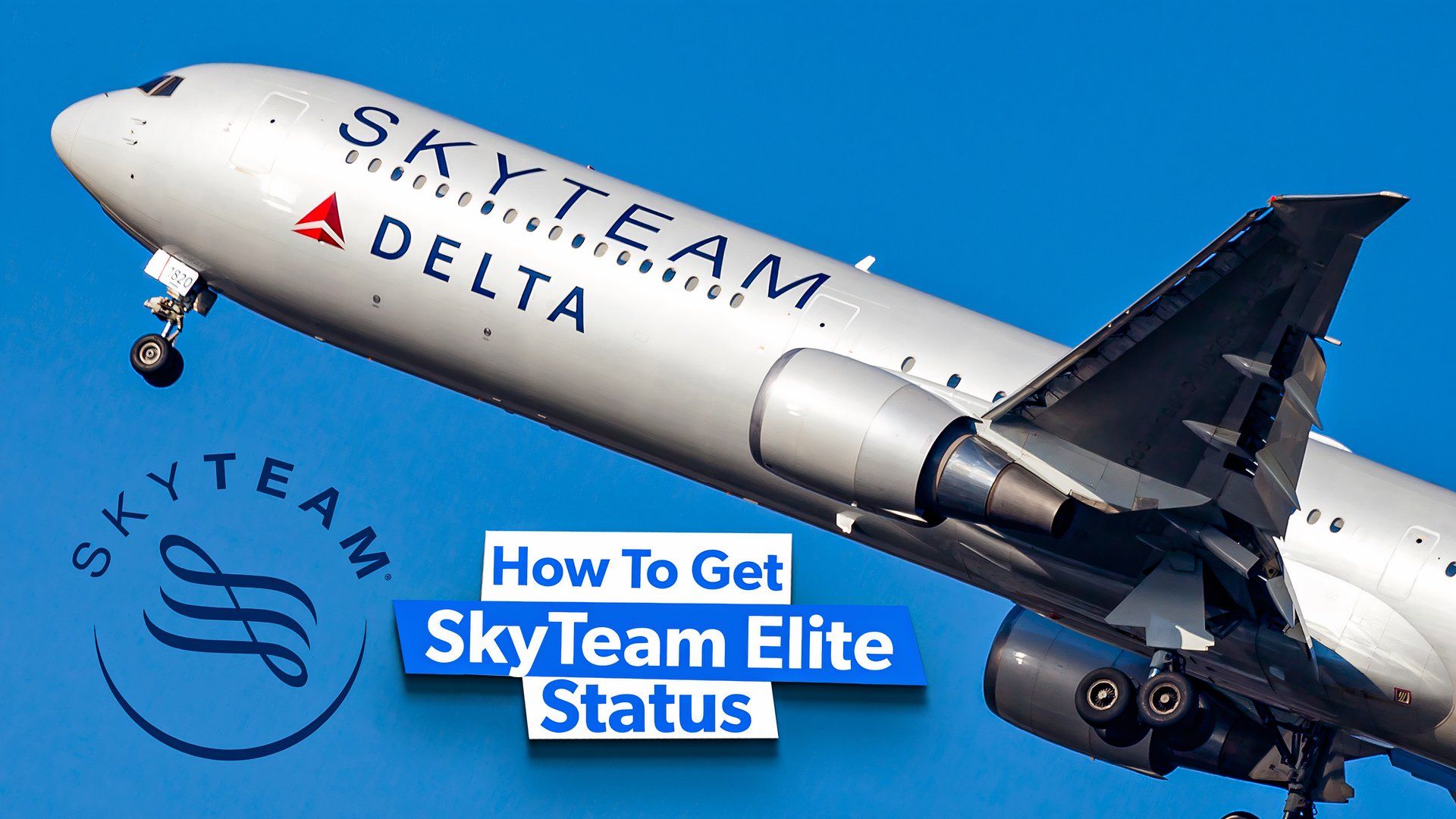Breeze Airways commenced operations on May 27th, 2021, with its inaugural flight connecting Tampa International Airport (TPA) to Charleston International Airport (CHS). Since then, the carrier has taken significant steps to reduce its environmental impact and hopes to set new benchmarks for sustainability within the aviation industry for others to follow.
Photo: christopheronglv | Shutterstock
Back in July 2024, Breeze Airways showcased a number of its innovative ideas at the GBTA Global Business Travel Convention in Atlanta, Georgia. The airline’s CEO, David Neeleman, also underlined the airline’s commitment to the sustainable future of aviation, saying,
“We recognize the responsibility we hold in shaping the aviation landscape. Transitioning to an eco-friendly fleet is a significant step toward reducing our carbon footprint and contributing to a more sustainable industry.”
What is Breeze Airways doing to reduce its environmental impact?
5
Phasing out older aircraft
Replacing them with modern, fuel-efficient alternatives
By modernizing its fleet, Breeze Airways hopes to maximize the sustainability benefits of more fuel-efficient aircraft. Among the benefits offered by the Airbus A220 are:
- A 25% reduction in CO2 emissions per seat compared to previous-generation single-aisle aircraft
- A 50% reduction in noise pollution
- 50% fewer NOx emissions than CAEP/6 standards.
Photo: Raleigh–Durham International Airport
Breeze Airways’ commitment to the Airbus A220 is so strong that the carrier has already announced
that by the end of 2024, all of its scheduled passenger flights will be operated by the Airbus A220, with the older Embraer aircraft sticking primarily to ad-hoc charter services.
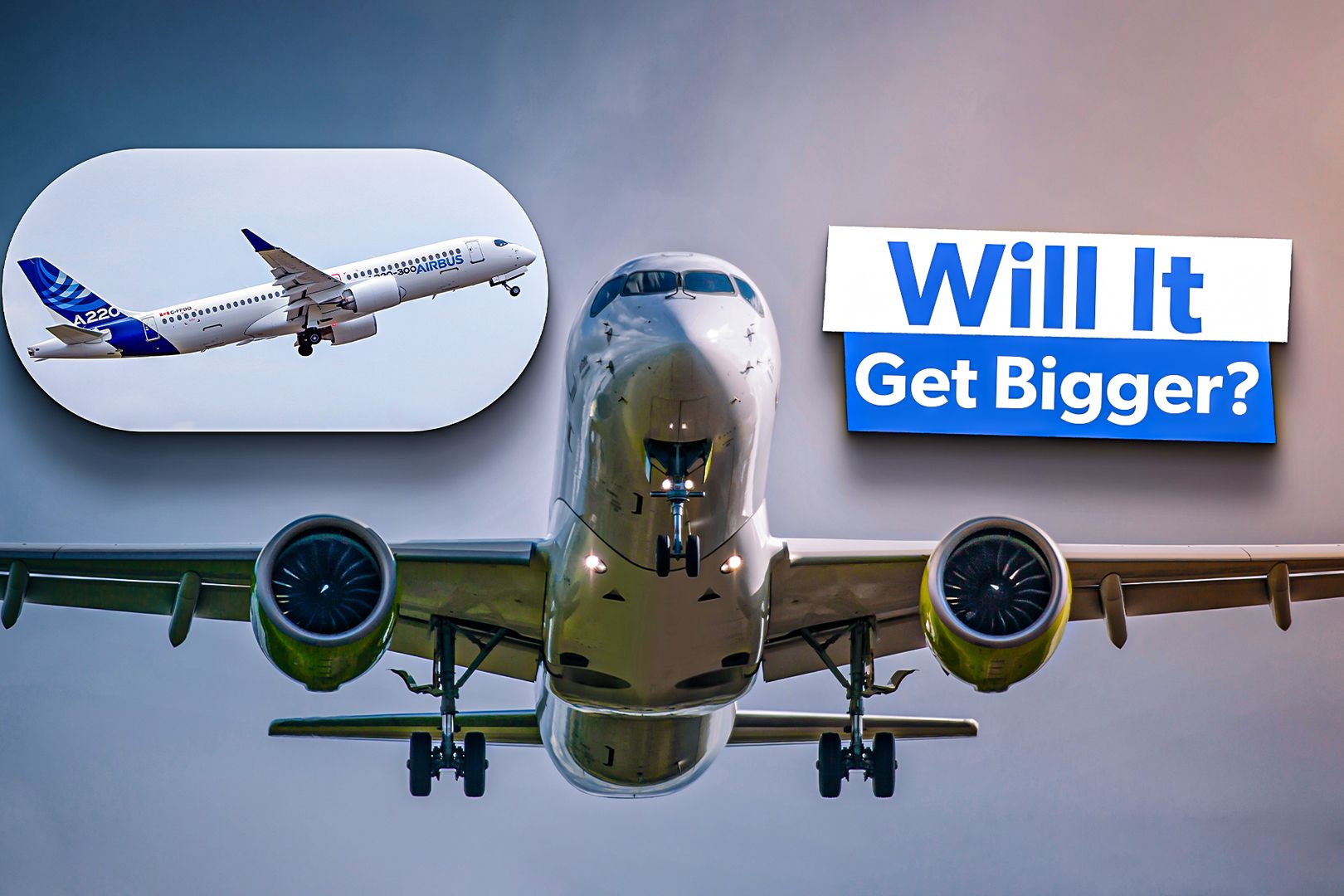
You might also like:
A Stretched Airbus A220: Is It Any Closer To Becoming A Reality?
In recent months, Airbus has been making investments and securing stability in its production facilities in Canada, the home of the A220.
4
Clever scheduling
Leading to increased load factors
Breeze Airways schedules its flights around peak travel days, which means that flights have higher load factors and, therefore, lower CO2 emissions per passenger. For example, the airline’s schedule to and from Fort Myers’ Southwest Florida International Airport (RSW) is busier around the weekends, tapping into busier travel days for those escaping the cold this winter.
Photo: Robin Guess | Shutterstock
Breeze Airways connects Fort Myers with destinations across the US, including:
- Providence (PVD)
- Las Vegas (LAS)
- Charleston (CHS).

You might also like:
“Connecting The Dots”: Breeze Airways Adds 4 New Florida Routes
The new routes will be launched this winter.
3
Four different ticket bundles
Reducing excess baggage weight
Breeze Airways offers a number of different ticket bundles, allowing passengers to choose the number of bags they need. The airline’s fare packages are known as:
- No flex
- Nice
- Nicer
- Nicest.
Photo: Robin Guess | Shutterstock
The carrier says that in addition to providing additional sources of revenue, offering this flexibility actually reduces excess baggage weight and overall fuel consumption by as much as 25%.
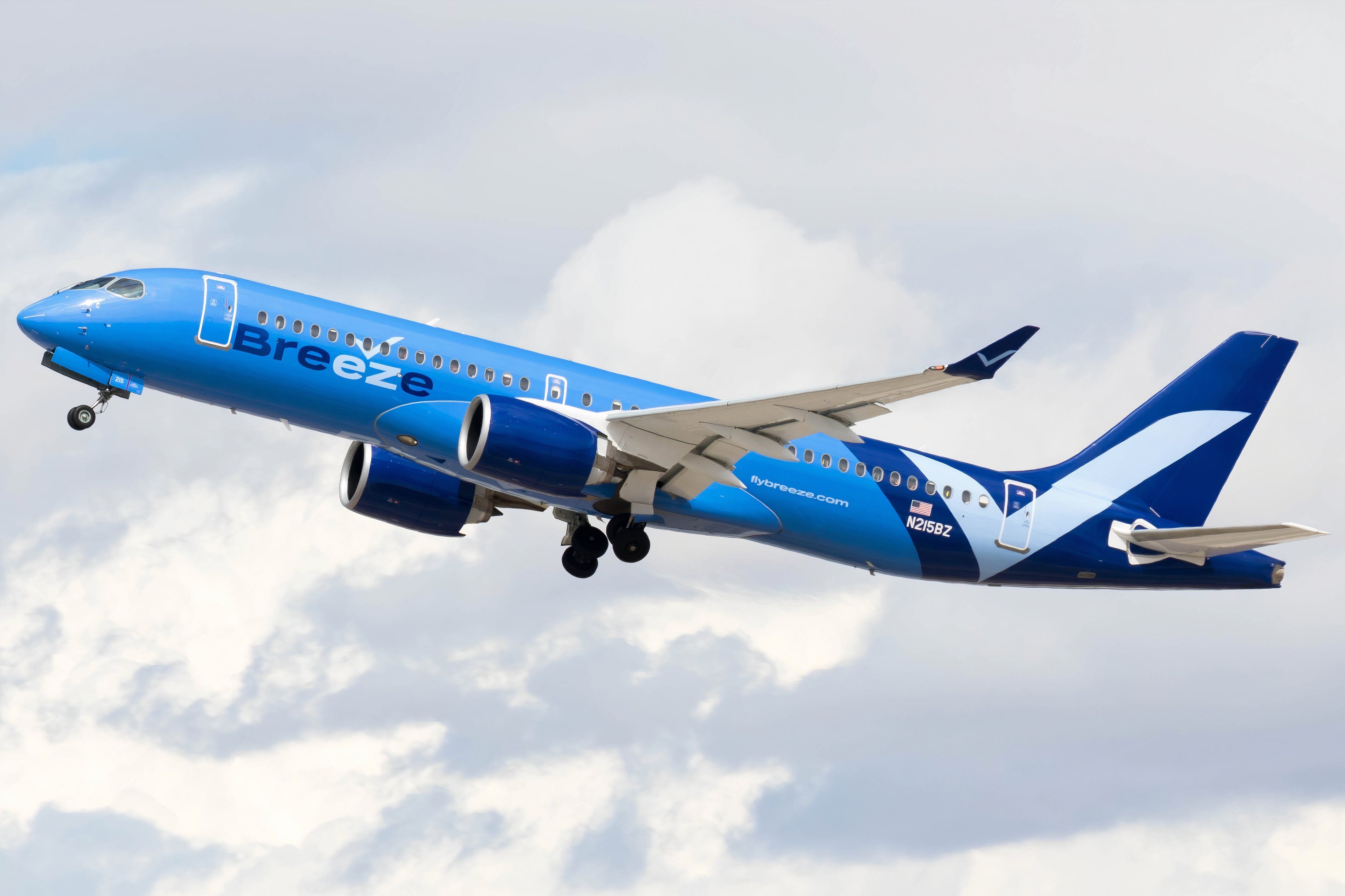
Find out more:
A Complete Guide To Breeze Airways’ Four Different Fare Bundles
Breeze Airways is an American low-cost airline that flies point-to-point routes to underserved airports.
2
Sustainable aviation fuel
Still plays a significant role
Sustainable aviation fuel (SAF) is growing in popularity around the world, as more airlines look to reduce their environmental impact. However, the CEO of Breeze Airways, David Neeleman, is not convinced that SAF is the answer, as it could push ticket prices up to unattainable levels.
Photo: Breeze Airways
According to Neeleman, sustainability is not all about aviation – other industries need to change too. He would prefer instead to work with other industries that use diesel-powered vehicles to see how they too can become more sustainable. At the World Aviation Festival in Amsterdam in October 2024, Neeleman commented on the subject of SAF, adding,
“SAF interrupts with the food supply. It does all sorts of stuff, and doesn’t really solve the problem. I just think it’s a complete waste of money. And I think there are ways to handle climate change, to help, that actually makes economic sense where in an airplane SAF makes no economic sense whatsoever.”
Whether the answer depends completely on SAF or not, Breeze Airways is at least striving to make a difference to its environmental impact.

You might also like:
Breeze Airways CEO Expresses Skepticism On Sustainable Aviation Fuel
Neeleman’s solution would be to invest and discover more ways within those industries that use distillate and diesel fuels.
1
Future fleet growth
Focusing on the Airbus A220
Since its first flight on May 27th, 2021, Breeze Airways has grown to boast a fleet of 41 aircraft, according to the latest data from ch-aviation. The carrier’s fleet has an average age of 11.5 years old, and is currently made up of the following aircraft:
- 28 x Airbus A220-300
- 10 x Embraer 190
- 3 x Embraer 195.
The fleet’s average age is brought up significantly by the older Embraer aircraft. When looking only at the Airbus A220-300s, the average age drops to under two years old. Breeze Airways also has an outstanding order for 65 more A220-300s, underlining the airline’s commitment in the modern, fuel-efficient aircraft. The carrier’s 13 Embraer aircraft will be deployed on charter services from the end of 2024.
Photo: Raleigh-Durham International Airport
Today, Breeze Airways operates to over 60 destinations across the US. The airline concentrates on connecting smaller airports, and as a result, finds itself in the unique position of not facing any direct competition on the majority of its routes.

You might also like:
US Airline Breeze Airways Continues To See Flight Network And Revenue Growth
The premium low-cost carrier has ambitious expansion plans for its route network and fleet.

